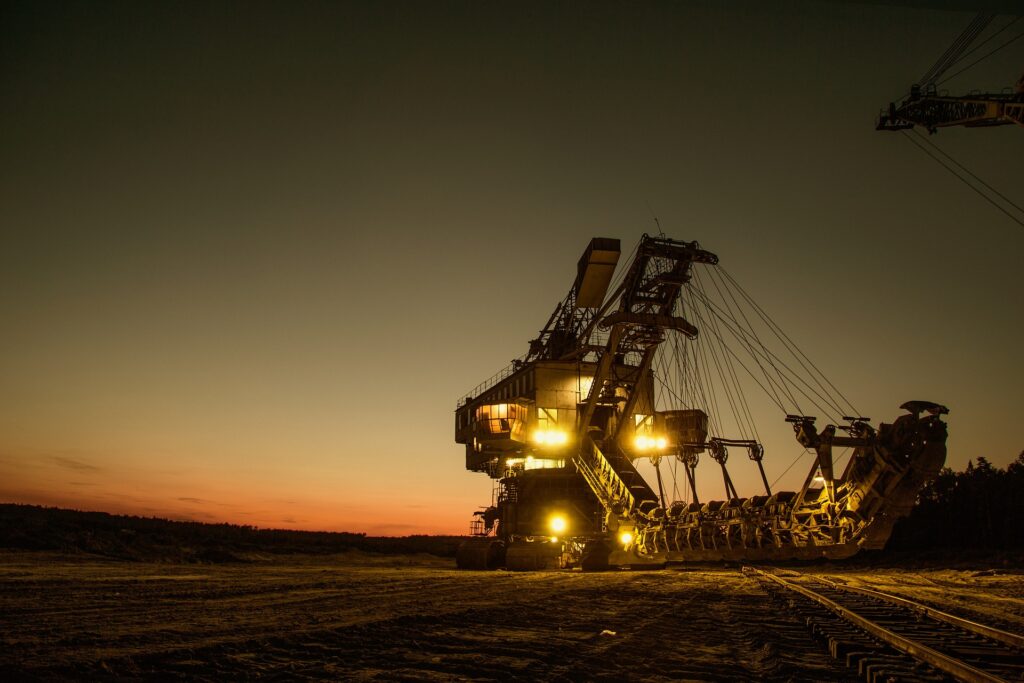By means of Ministerial Agreement number MAATE-MAATE-2025-0045-A, published in Official Gazette number 56 second supplement of June 10, 2025, the Ministry of Environment, Water and Ecological Transition (the “MAATE”) amended the Environmental Regulations for Mining Activities that were issued by Ministerial Agreement number 37 published in Official Gazette number 213 second supplement of March 27, 2014 (the “RAAM”). The following are the main reforms to this regulation:
1. Classification and type of environmental permits
a. The types of permits applicable according to the mining regime are redefined more precisely:
- Environmental registry for artisanal mining and exploration in the small-scale mining regime.
- Environmental license for advanced exploration and exploitation in small, medium and large scale mining.
- A single environmental license may be obtained for exploitation and construction, installation and operation of beneficiation, smelting, refining and tailings plants.
b. Initial exploration with or without scout drilling must obtain an environmental registry, while advanced exploration requires a license.
2. Initial exploration with scout drilling.
a. A specific limit of platforms for scout drilling is confirmed:
- Up to 30 per concession.
- Up to 20 if they intersect Protected Forests and Vegetation.
b. The use of biodegradable additives is mandatory and water recirculation systems and adequate environmental management mechanisms are required.
3. Adjoining concessions
a. It is possible to obtain a single environmental registry for exploration with scout drilling for up to 5 adjacent concessions.
b. It allows the submission of joint environmental impact studies with respect to mining activities that are required to be carried out on adjacent concessions of the same title holder.
4. Insurance or warranty for scout drilling
a. An insurance or a financial guarantee for environmental liabilities for exploration with scout drilling is required.
5. Updating the Environmental Registry
a. Updating an environmental registry is allowed for complementary activities as long as they are of low impact and do not require an environmental license.
b. An environmental consultation is required when updating an environmental registry with scout drilling.
6. Prohibition of conflict of interest of consultants
a. The environmental consultant and the team that participated in obtaining the environmental registration cannot prepare the first environmental compliance report, seeking impartiality in the evaluation.
7. Shared responsibilities
a. Environmental responsibility also extends to contractors, subcontractors and associates, who are jointly and severally liable with the mining title holder.
b. A permanent environmental control system must be established.
8. Strengthening citizen participation
a. Environmental consultation is mandatory to obtain environmental registrations and licenses for mining activities, including when scout drilling is updated to an environmental registry.
9. Clarification on prospecting without significant impact
a. Prospecting without environmental authorizations is allowed when it does not involve drilling or material collection without impact, but prior communication to the authority is required.
10. Environmental viability
a. In works, projects or activities that intersect with the National Forest Heritage, a report and pronouncement of environmental viability will be required.
11. Laboratories accredited by the Ecuadorian Accreditation Service (SAE)
a. The analysis of physicochemical parameters of heavy metals, bacteriological, biological and others, can only be carried out by laboratories accredited by the SAE and in the event that there are no accredited laboratories in the country, it may be carried out with those duly accredited internationally.
12. Technical Highlights
a. The construction of roads for exploration will be with a width of no more than 2 meters for initial exploration and 6 meters for advanced exploration. In the case of small-scale mining, for exploration activities that require an environmental license, the width will be up to 6 meters.
b. If exploratory activities intersect with aquifers, groundwater or artesian waters, the drilling must be immediately controlled to avoid affecting the environment and be reported to the MAATE. If the use or exploitation of water is required, an authorization must be requested.
c. In the exploitation of alluvial placers and the construction of open-pit mines, measures must be implemented to minimize the load of sediments into the water bodies.
d. If mercury is unintentionally generated as a metal by-product, it can be managed as a hazardous waste or hazardous chemical.
For more information, please do not hesitate to contact us.
This bulletin contains a summary of legal developments of interest, and therefore cannot be considered as provided advice. If you have any questions, please contact the AVL Abogados team.

